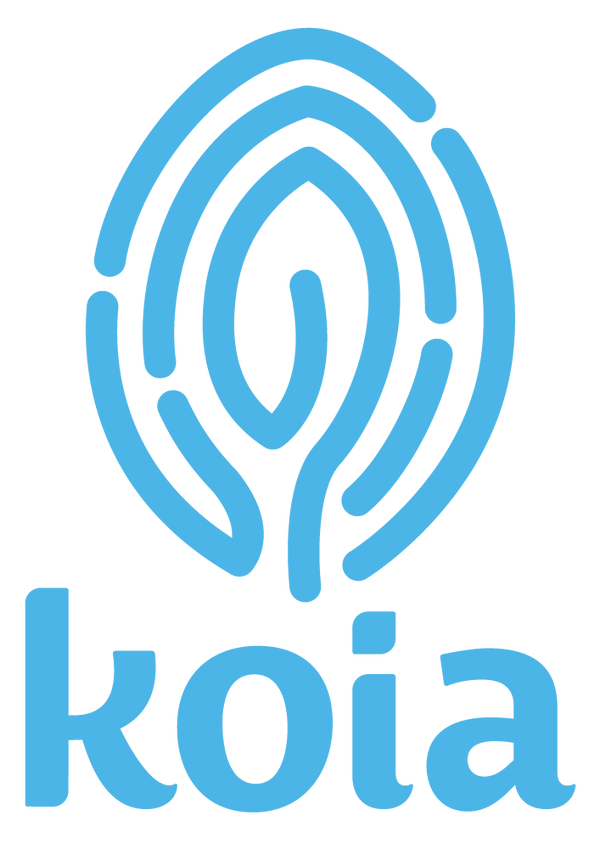Keto or Ketogenic are buzzwords you might have heard by now. These words seems to pop up everywhere, but when you try to ask someone what “Ketogenic,” “Ketosis” or a “Keto Diet” means, only a few people can actually tell you. Ketogenic Diets first gained popularity in the early 1920s when they were found to be effective for treating epilepsy and other diseases. Now, in addition to seeing Keto Diets promoted for disease treatment, you’ll also see them promoted for weight loss, increased energy, and assisting in physical and mental performance.
Some diet trends come and go and certain people find success while others don’t, but we want to address everything you need to know about the Keto Diet. However, this is not medical advice and you should consult your doctor before starting any diet plan.
What is the Ketogenic Diet?
The purpose behind the Keto Diet is to keep your fat accumulating hormone, insulin, low by keeping your blood sugar low. In order to do this you must eat foods high in fat, low in carbohydrates (sugar), and moderate in protein. By lowering your intake of carbs and eating a high fat diet, your body looks for an alternative source of energy besides sugar and begins to burn fat instead. This is when your body enters a metabolic state called Ketosis and Ketones are the byproduct of the body breaking down fat for energy when carbohydrate intake is low. When your body is producing optimal Ketone levels you may begin to notice weight loss, physical, and mental benefits of the Keto Diet.
So I just ate my first “Keto friendly” meal- Is my body in Ketosis yet?
Not quite…Some people attempt the Keto diet by eating one “Keto friendly” meal (that is high fat, low carb moderate protein), per day and eat the rest of their meals as they normally would. However, your body will not reach a state of Ketosis unless it’s consistently given the proper (low) amount of carbohydrates that pushes it from storage mode to fat burning mode. Some people make this common mistake when attempting a Keto diet, because they think they can eat one Keto meal and head straight into Ketosis. It typically takes an individual who is following a strict Keto Diet about two days to enter Ketosis. However, according to nutritionist Kelly Leveque, everyone’s bodies are different and some might need to restrict carbohydrate consumption to 20g a day while others can get away with eating close to 30g. The best way to test what your body needs to enter Ketosis is with urine test strips.
Benefits of the Keto Diet
As we’ve mentioned, the Keto Diet has been shown to assist with treating epilepsy, other disease, weight loss, and enhanced physical and mental performance. In a study where athletes underwent a 10-week Ketogenic Diet intervention, athletes reported experiencing improved recovery, decreased body weight, improvements in skin conditions, and reduced inflammation. Some other researched benefits of the Keto Diet include assisting in treating Type II Diabetes and decreasing the risk of Cardiovascular disease.
Are there any risks associated with the Keto Diet?
Although there are no serious risks shown to be associated with the Keto Diet, there are certain factors that people should be cautious of when experimenting with their change in diet. In the same study of athletes where they underwent a 10-week Ketogenic Diet intervention, before they experienced improved recovery, the athletes reported reduced energy levels initially and inability to undertake high intense bouts of exercise. This is something people who are highly active should take into account when experimenting with a Keto Diet. Also, if you’re using the Keto Diet for weight loss, research suggests consulting your doctor before attempting the diet by yourself. It’s also important to note that more long term studies are needed to assess the evolution of weight loss and the Keto Diet.
What kinds of food can I eat on a Keto Diet?
Some common foods/meals you can eat on a Keto Diet include unprocessed meat, fish and seafood, eggs, most vegetables, avocado, butter, olive oil, and nuts. Some common foods to avoid include alcohol, most fruit, bread, candy, soda, and rice (You can also check out a full list on what to eat and what to avoid here and check out some Keto friendly recipes here).
Is Koia Keto?
Yes! Koia is a Keto friendly snack because of its healthy fat, adequate protein, and low carbohydrate content. It’s difficult to find convenient Keto foods, which is why we are committed to producing the most delicious, high quality and healthy snacks. We also believe everyone should carefully take into account what diet is best for their bodies.
With so many diet trends and fads, it’s important to know what’s behind each one so you can adequately apply them to your lifestyle. The Keto Diet is gaining popularity for many valuable reasons, but always remember to talk to your doctor before adopting any serious new changes.
P.S. If you’re looking to adopt a Keto Diet or just want some healthy snack ideas- we’ve got you covered! Check out these 12 Keto friendly snacks !

